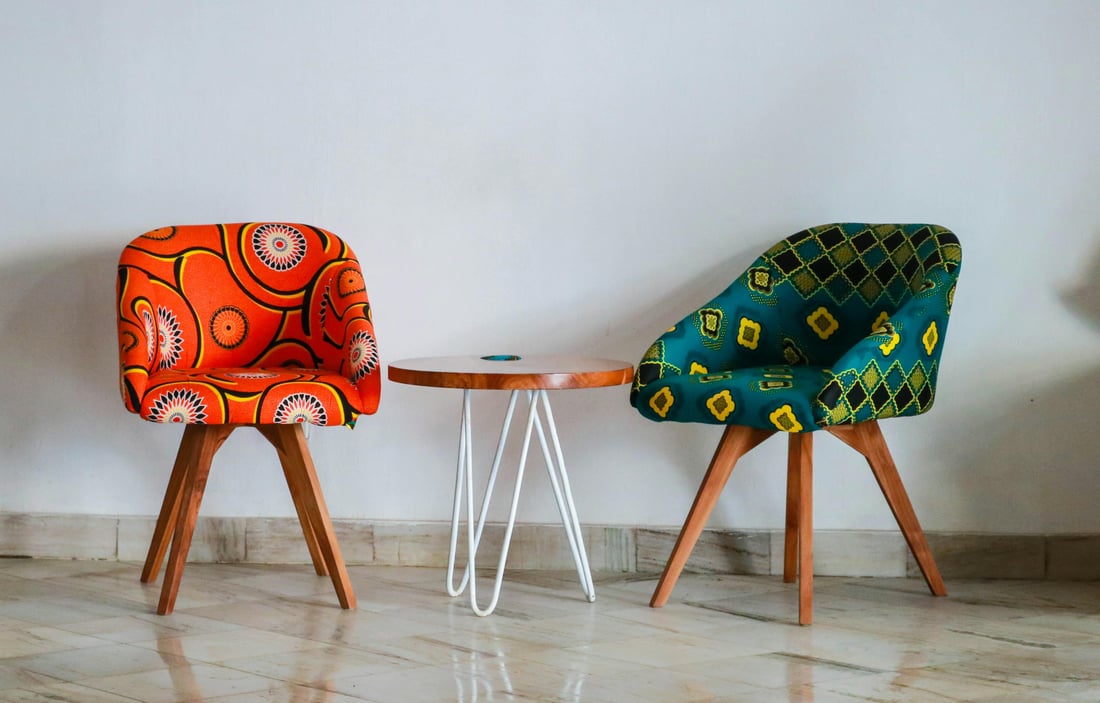Furniture inspection is crucial to ensure the safety of users. By conducting regular inspections, potential hazards such as loose screws, sharp edges, or unstable structures can be identified and addressed promptly. This not only helps prevent accidents but also prolongs the lifespan of the furniture.
Benefits of Regular Furniture Inspections
Routine furniture inspections offer several benefits, including cost savings on repairs and replacements. By detecting issues early on, you can avoid costly damages and maintain a safe and comfortable environment for occupants.
Common Problems Found During Furniture Inspections
During furniture inspections, common issues that are often identified include wear and tear, structural damage, and missing components. By addressing these problems proactively, you can prevent further damage and ensure the longevity of your furniture.
How to Conduct a Thorough Furniture Inspection
To conduct a thorough furniture inspection, start by examining the overall condition of the piece, checking for any visible damages or signs of wear. Pay close attention to critical areas such as joints, legs, and supports. Use appropriate tools and techniques to assess the structural stability of the furniture.
The Role of Professionals in Furniture Inspections
In some cases, it may be necessary to hire professionals to perform a detailed furniture inspection. These experts have the knowledge and skills to identify hidden issues and recommend the best course of action. They can also provide guidance on maintenance and care practices.
Tools Required for Furniture Inspections
When conducting furniture inspections, certain tools are essential, such as a flashlight for examining dark areas, a screwdriver for checking joints, and a level for assessing stability. Having the right tools on hand makes the inspection process more efficient and thorough.
Documentation and Reporting in Furniture Inspections
It is vital to document findings during furniture inspections for reference and future analysis. Detailed reports should include photos, descriptions of issues, and recommendations for repairs or replacements. This documentation helps track the condition of furniture over time.
Preventive Measures After Furniture Inspections
After completing a furniture inspection, it is crucial to implement preventive measures to address any identified issues. This may involve repairing damaged components, tightening loose screws, or reassembling unstable parts. Regular maintenance can help extend the life of your furniture.
Importance of Compliance with Furniture Inspection Standards
Adhering to established furniture inspection standards is essential for maintaining safety and quality. By following industry guidelines and regulations, you can ensure that your furniture meets the necessary safety requirements and remains in good condition.
The Cost-Effectiveness of Furniture Inspections
While some may view furniture inspections as an additional expense, they are ultimately a cost-effective investment in the long run. By detecting and addressing issues early on, you can avoid expensive repairs or replacements down the line, saving money in the process.
Quote Inquiry
Contact us!

